Szukaj

Dzielnicy Czterech Wyznań
Dzielnica Czterech Wyznań

Dzielnica Czterech Wyznań
Galeria
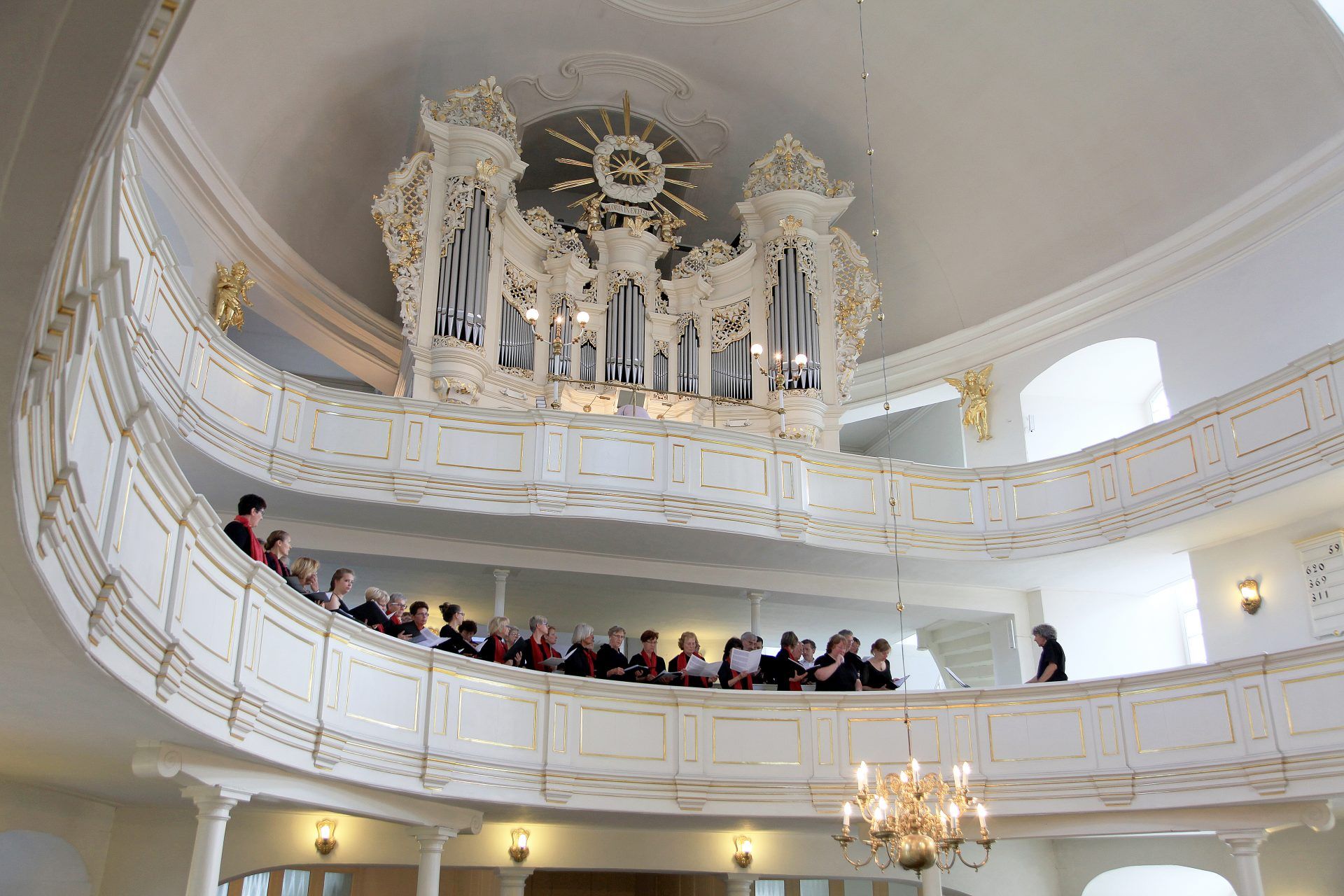
Kościół Ewangelicko-Augsburski Opatrzności Bożej
1
Synagoga Pod Białym Bocianem
1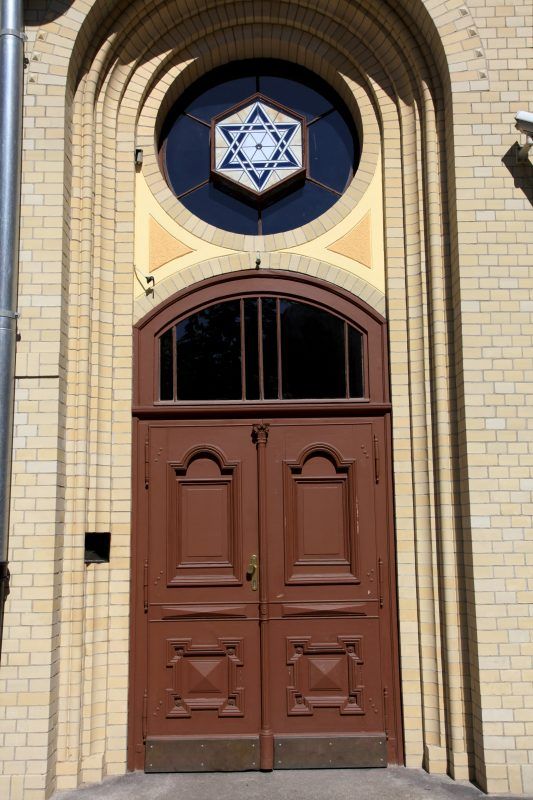
Synagoga Pod Białym Bocianem
1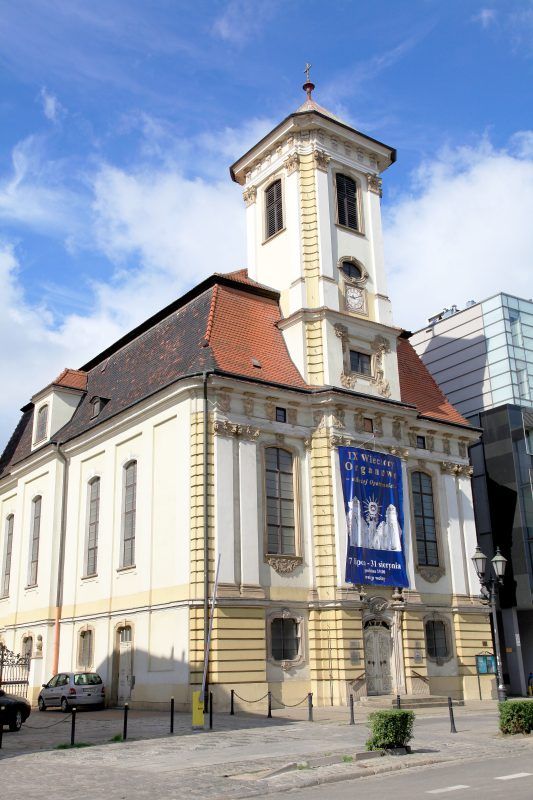
Kościół Ewangelicko-Augsburski Opatrzności Bożej
1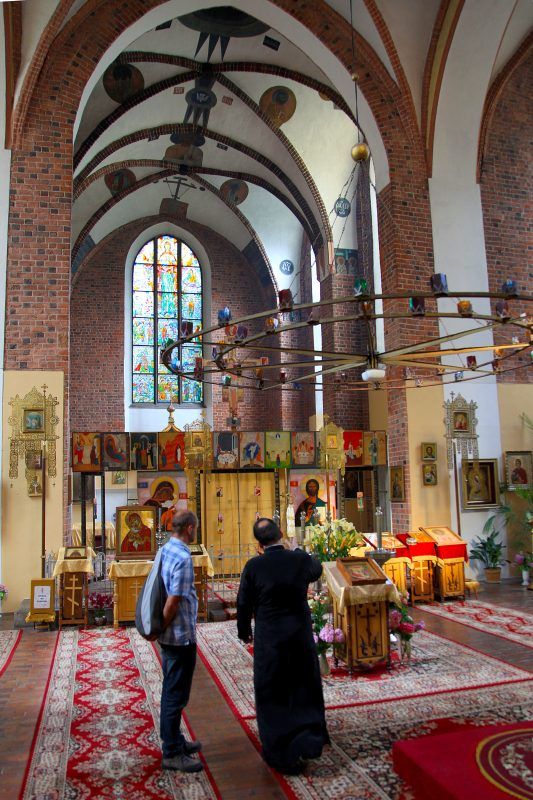
Cerkiew Katedralna Narodzenia Przenajświętszej Bogarodzicy
1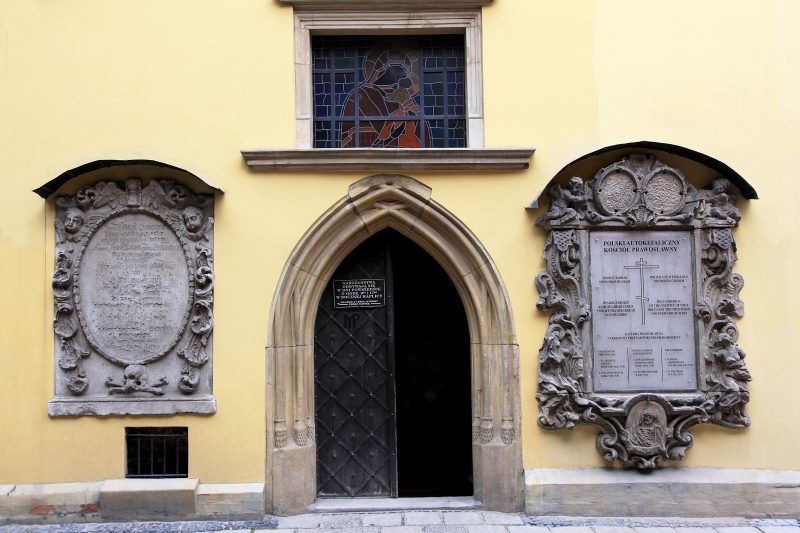
Katedra Prawosławna pw. Narodzenia Przenajświętszej Bogarodzicy
1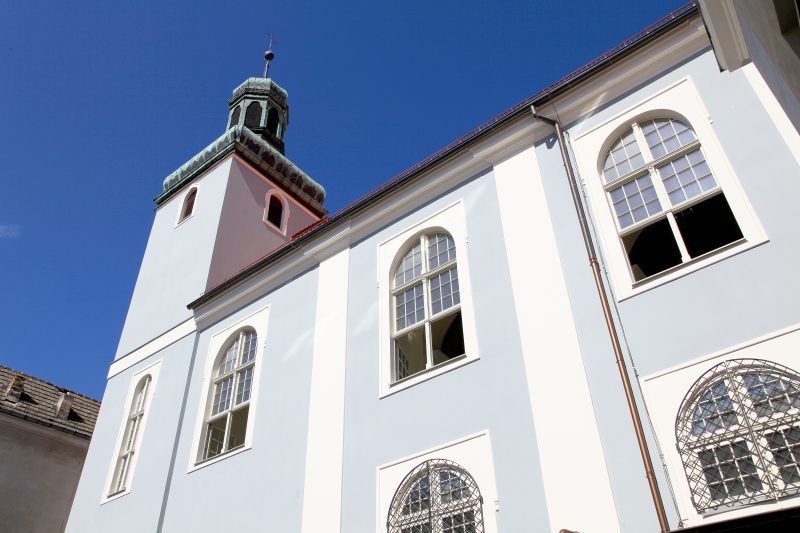
Kościół pw św. Antoniego z Padwy
1

